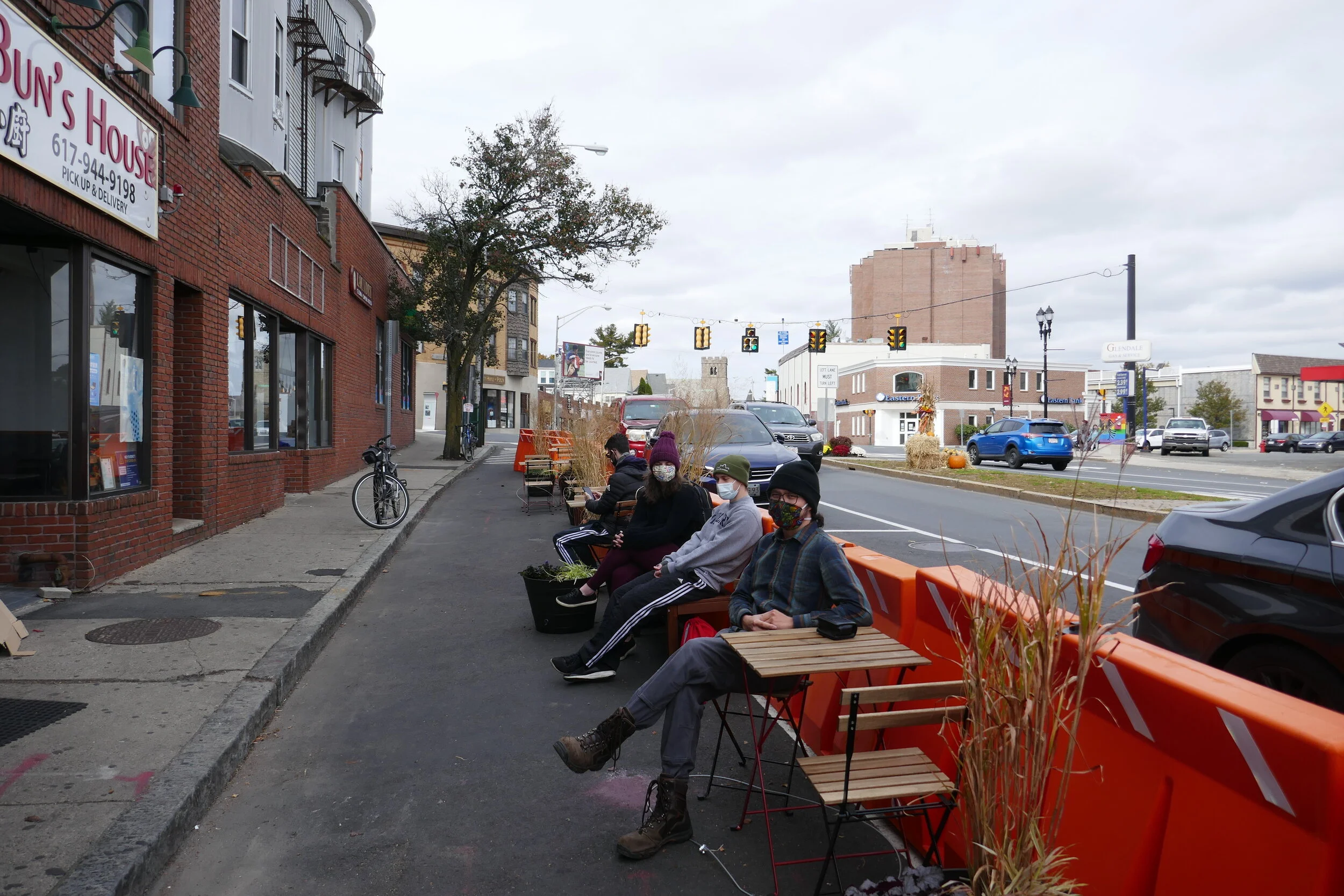Mobility Hubs: Freedom Through Convenience & Choice
#MobilityHubs are essential to transit. They give people freedom through convenience and choice and make transit more accessible.
Now, what is a mobility hub exactly? Mobility Hubs are places where different modes of transportation (bike, train, bus, etc) come together, extending the reach of the transportation network and allowing for access to and transfers between different modes. Importantly, mobility hubs have legible wayfinding, informational, and accessibility features that allow for anyone and everyone to use the space to figure out where they are and how to get to where they’re going.
Additionally, we’ve seen Covid-19 expose and amplify existing inequities in our transit systems, and mobility hubs can help offset those inequities and provide more comfort and safety to travelers during the pandemic. Mobility hubs can increase modal choice, which allows for people to personalize the transit they take based on their risk profile. With mobility hubs, If the bus is too crowded, you know that you can walk or use bikeshare safely, or know how long the wait is until the next bus and where it goes. The pandemic also forced bureaucratic institutions to take quick, tactical actions to address these inequities. Mobility hubs are well-suited to quick implementation.
Part of the project included designing and building a tactical parklet at Glendale Square. Glendale has a lot of road space, but narrow sidewalks and no public space. Just narrowing a super-wide travel lane created more room for public space. The park will become permanent when the intersection is reconstructed. In the future, permanent public space can hold seating, a map, bike racks, and a bike repair station.
One great example of mobility hubs bettering the transit experience can be seen in the Reimagine Broadway initiative headed by ITDP Boston, the City of Everett, the Barr Foundation, and the MBTA. Started in July 2020 and launched in October of the same year, this project sought to help people get to and from the Broadway corridor, aka the transit “spine” of Everett, from other destinations. It challenged us to develop mobility hubs in 3-4 months. Mobility hubs were just one part of a larger project, but still vital. We looked at how we could leverage expanded bus lanes and neighborways and how we could serve the needs of our project partners, including La Comunidad, Everett Haitian Community Center, and Everett Community Growers. We settled on adding bike racks all along the corridor, building a parklet to create public space at Glendale Square, and planning, designing, and installing a system of wayfinding signage all along the corridor.
Thank you to our Mobility Hubs team, led by Alex Yamron, Matthew Petersen, and Kirstie Hostetter for the information included.
Designed and procured signs (left) and a wayfinding map (right) The map serves as central wayfinding point - other signs either face away from the main square and point you to it, or face toward the square and are located at decision points as you walk away.

